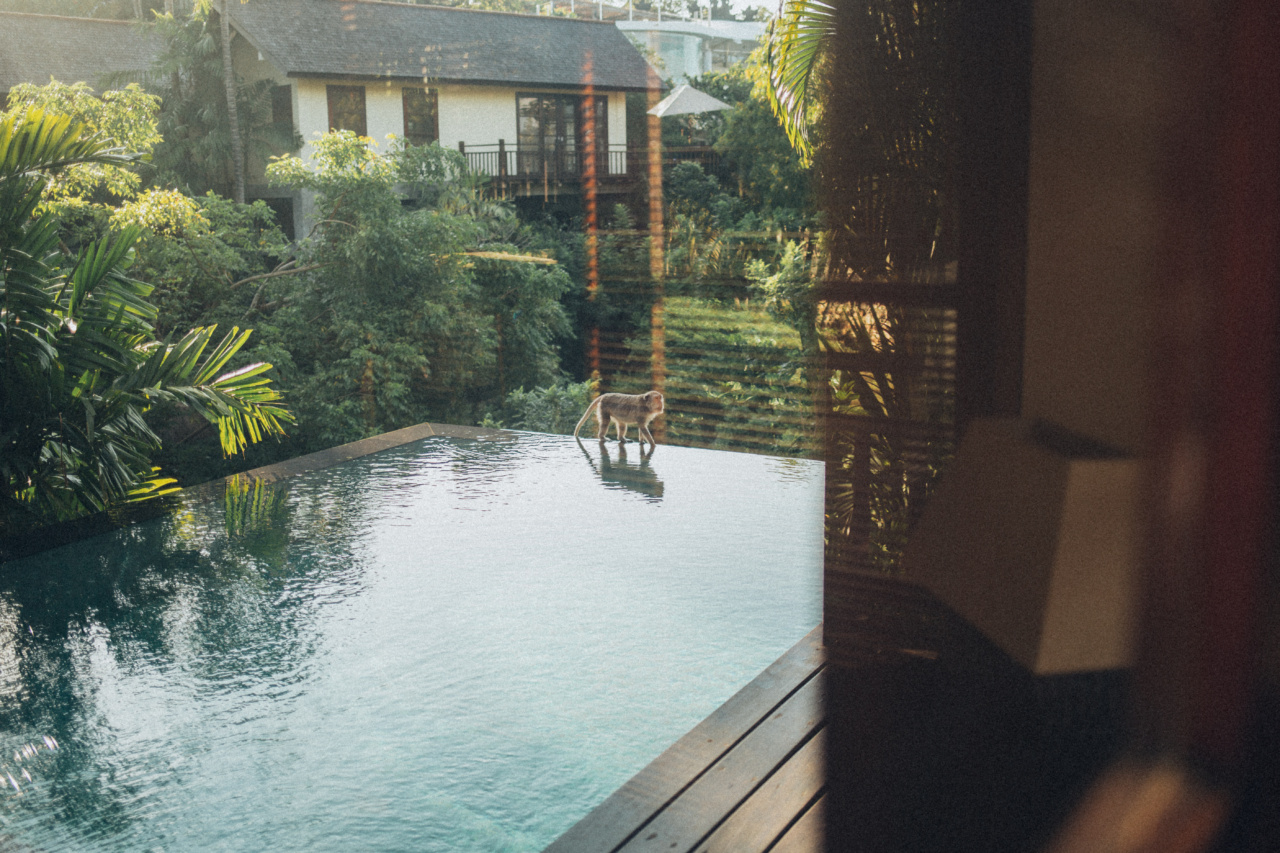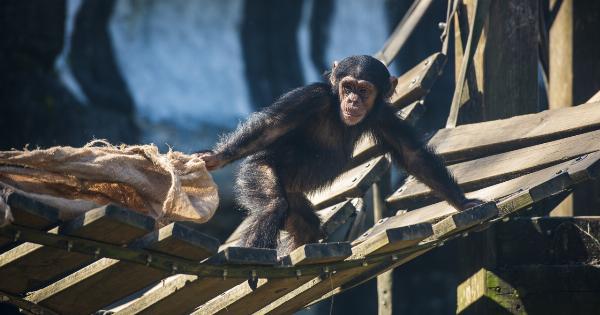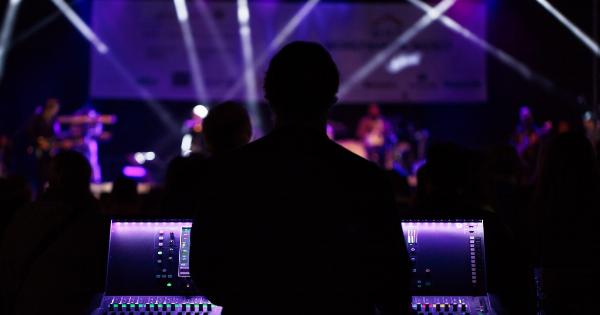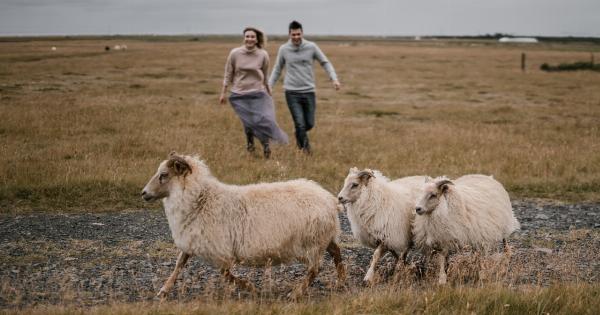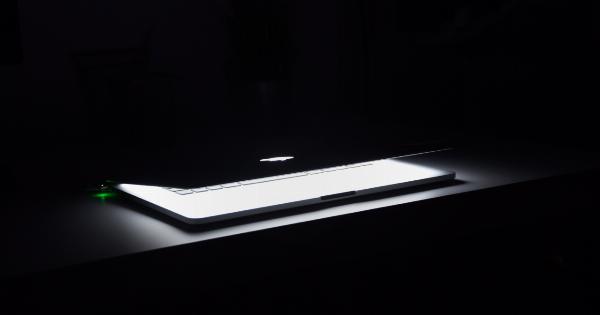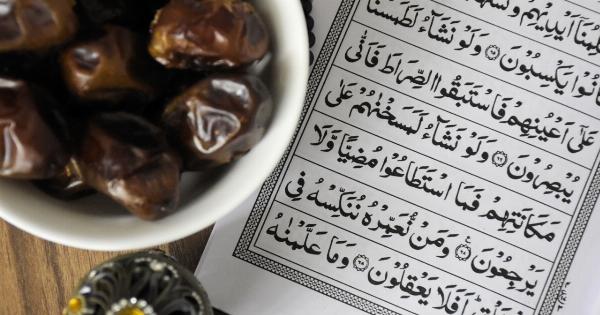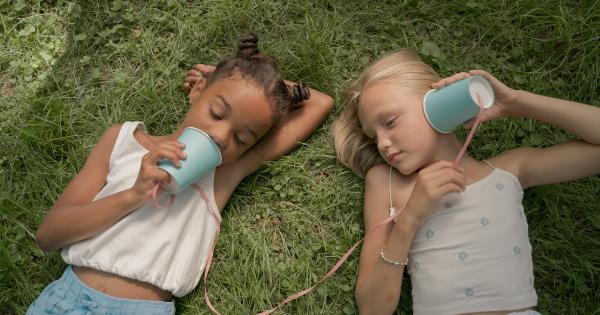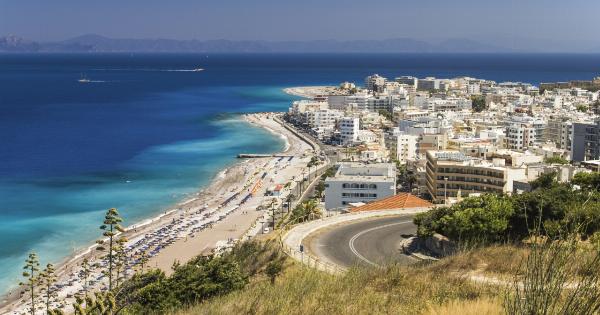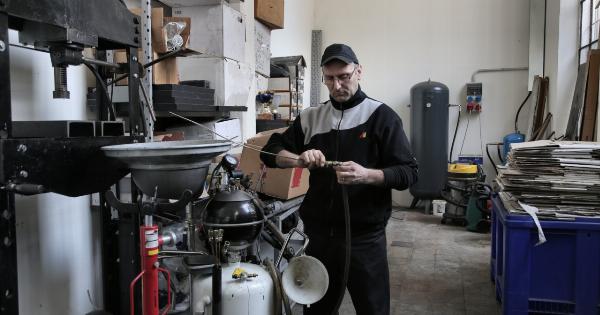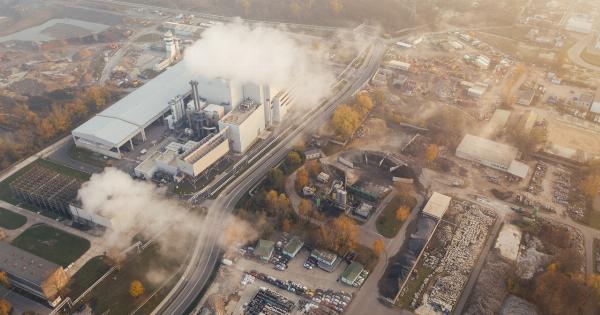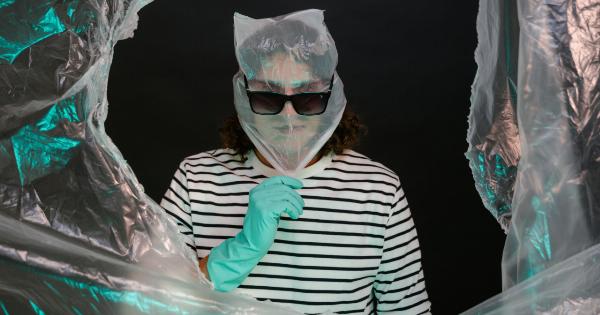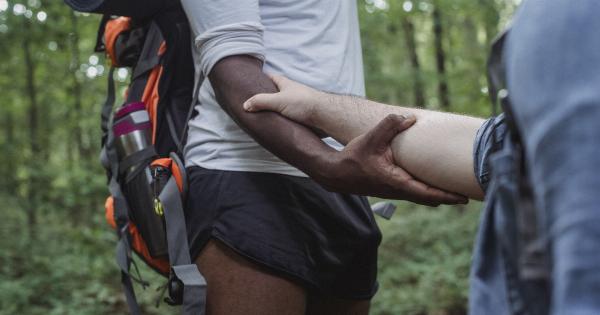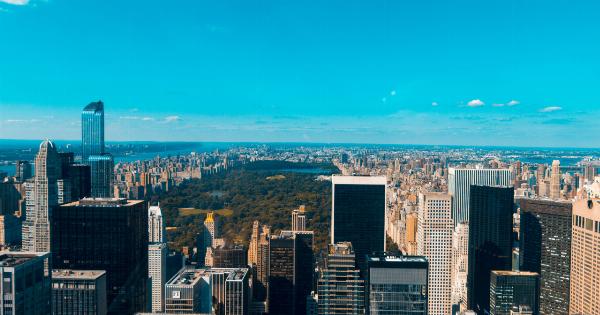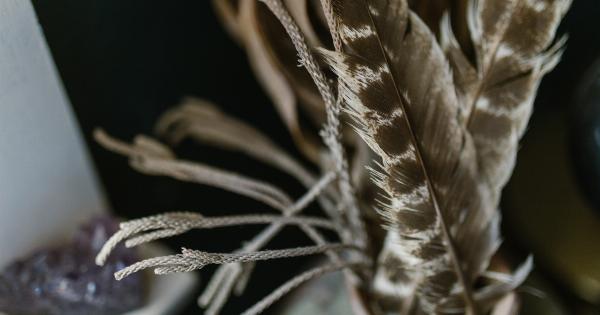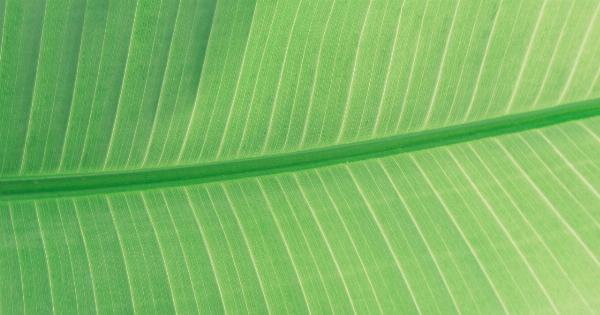Monkey Prayer House is an iconic religious site located in the heart of the jungle, known for its spiritual significance and the presence of a large population of monkeys.
Over the years, this sacred space has become a popular destination for tourists, researchers, and devotees alike. As we look ahead to the future, several potential developments come to light that could shape the destiny of the Monkey Prayer House and its surrounding environment.
In this article, we will explore four possible scenarios that could unfold in the years to come.
1. Ecotourism Integration
One potential development for the Monkey Prayer House is the integration of ecotourism activities.
With its unique location in the jungle and the presence of diverse wildlife, including monkeys, the site has the potential to become a hub for eco-conscious travelers. By offering sustainable accommodations, nature tours, and educational programs, the Monkey Prayer House could attract visitors who are passionate about conservation and responsible travel.
This would not only generate revenue for the site, but also raise awareness about the importance of preserving the natural environment.
2. Modern Infrastructure Upgrades
Another potential development for the Monkey Prayer House is the introduction of modern infrastructure upgrades. Currently, the site is somewhat remote and lacks certain amenities that could enhance visitor comfort and experience.
By installing electricity, clean water facilities, and improved transportation options, the Monkey Prayer House could become more accessible and appealing to a wider range of visitors. However, any infrastructure developments would need careful planning and consideration to minimize the impact on the natural environment and the delicate balance of the ecosystem.
3. Research and Conservation Center
The unique presence of a large population of monkeys at the Monkey Prayer House makes it an ideal location for a research and conservation center.
Establishing a dedicated facility that focuses on studying and protecting these primates could provide invaluable insights into their behavior, habitat, and health. Researchers from around the world would be drawn to this center, contributing to the scientific understanding of monkeys and driving conservation efforts.
Additionally, such a center could offer training programs for local communities, empowering them to work towards wildlife conservation and sustainable practices.
4. Cultural Exchange Programs
The Monkey Prayer House has always been a place of spiritual significance and cultural heritage. One potential development to further preserve and promote its cultural value is the initiation of cultural exchange programs.
By welcoming visitors from different parts of the world and promoting cross-cultural interactions, the Monkey Prayer House could become a vibrant melting pot of traditions and perspectives. This would not only enrich the experience of visitors, but also foster mutual understanding and appreciation among diverse communities.
Cultural exchange programs could include workshops, performances, and collaborative projects that celebrate the rich tapestry of human culture.
Conclusion
The future of the Monkey Prayer House holds great potential for development and growth.
Whether through the integration of ecotourism, modern infrastructure upgrades, the establishment of a research and conservation center, or the initiation of cultural exchange programs, the Monkey Prayer House can evolve into a dynamic and sustainable destination. However, it is crucial to approach these developments with careful planning and consideration for the delicate balance of the natural environment and the preservation of the site’s cultural heritage.
Only through responsible and sustainable practices can the Monkey Prayer House continue to thrive for generations to come.
